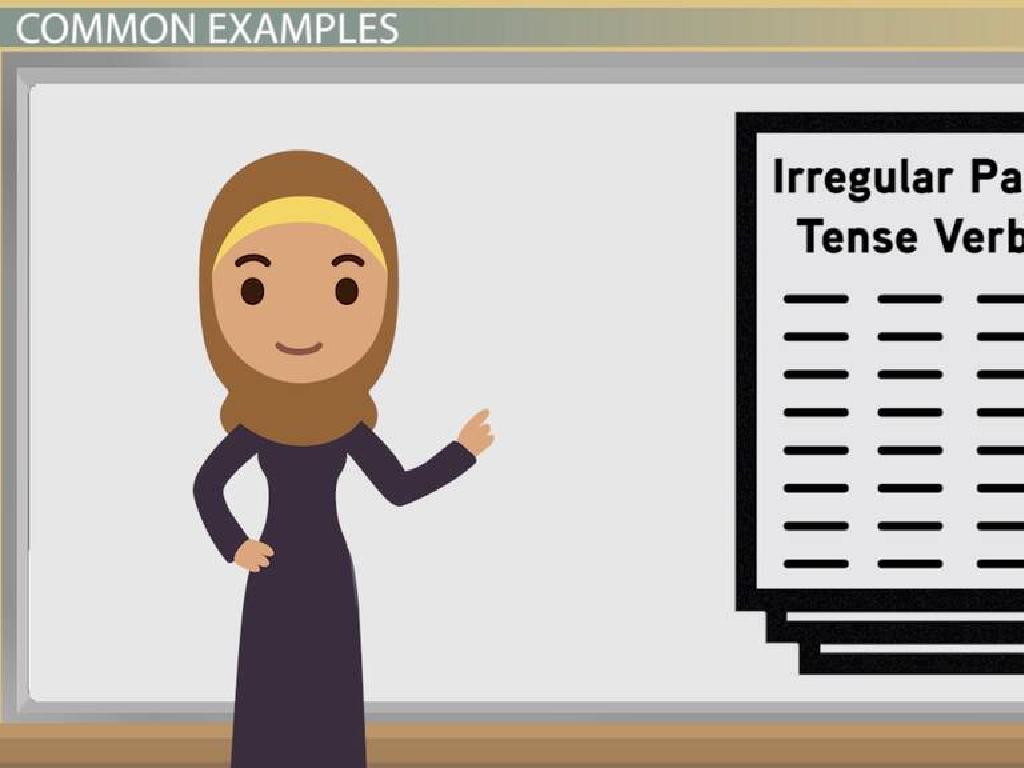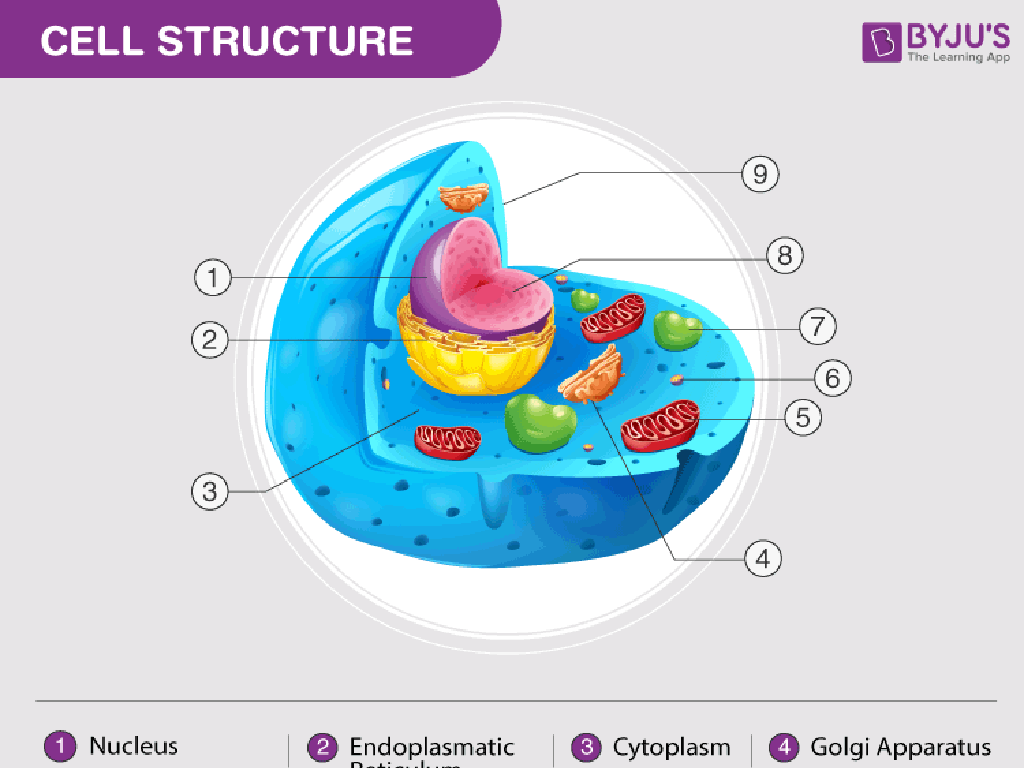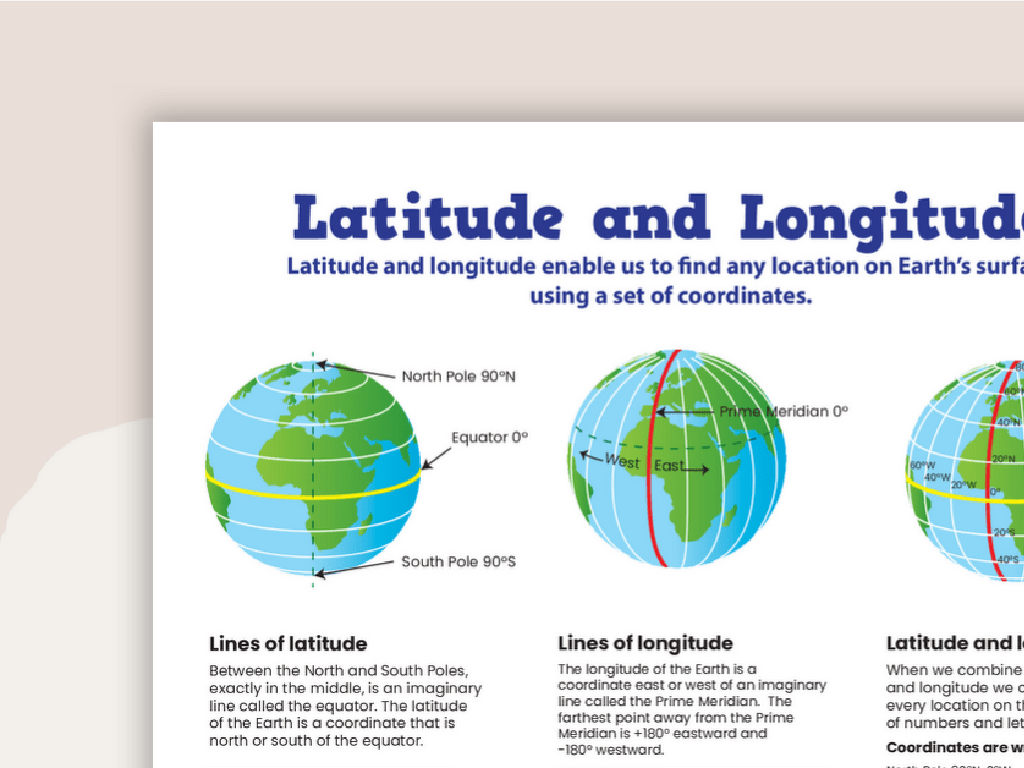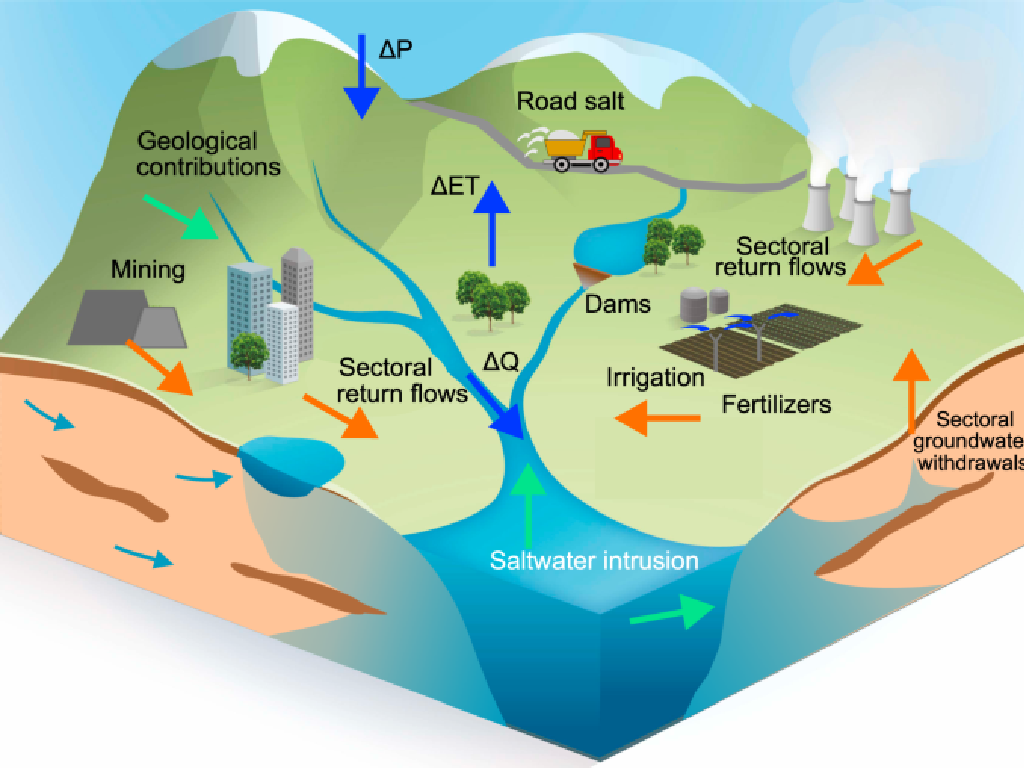The Neolithic Period
Subject: Social studies
Grade: Seventh grade
Topic: Prehistory
Please LOG IN to download the presentation. Access is available to registered users only.
View More Content
Exploring the Neolithic Period
– Timeline of human history
– Dawn of human civilization
– Prehistory marks time before written records, starting with early humans.
– Defining the Neolithic Period
– Neolithic, or ‘New Stone Age’, began around 12,000 years ago with farming.
– Significance in history
– This era saw advances like agriculture, which led to villages and trade.
|
This slide introduces students to the concept of prehistory and specifically the Neolithic Period. Begin by explaining the timeline of human history, emphasizing the vast expanse of time before written records known as prehistory. Introduce the Neolithic Period as a transformative era that marked the end of nomadic lifestyles and the beginning of settled agriculture. Highlight the significance of this period as the foundation for modern civilization, with the development of farming leading to the creation of villages, the specialization of labor, and the beginnings of trade. Encourage students to consider how these changes might have impacted early human societies and set the stage for future advancements.
The Dawn of Farming
– From Hunter-Gatherers to Farmers
– Transition to settled farming from nomadic lifestyle.
– Domestication of Plants and Animals
– Selective breeding led to reliable food sources.
– Farming’s Impact on Communities
– Villages grew as food surplus supported more people.
– Agriculture as a Revolution
– This shift marked the Neolithic Revolution.
|
This slide explores the transformative period when humans began to farm, marking the Neolithic Period. The transition from a nomadic hunter-gatherer lifestyle to settled agriculture allowed for the domestication of plants and animals, which in turn led to more reliable food sources. This shift had profound effects on human communities, enabling population growth and the development of villages. The advent of farming is often referred to as the Neolithic Revolution because of its significant impact on human society, setting the stage for the development of civilization. Discuss with students how this change might have affected daily life, social structures, and the environment. Encourage them to consider the long-term effects of these early decisions on modern society.
Neolithic Tools and Technology
– Innovations in Neolithic tool-making
– Introduction of polished stone tools, pottery, and weaving
– Tools’ role in Neolithic daily life
– Tools for farming, hunting, and building improved efficiency
– Hands-on activity: Tool identification
Identify tools from images or replicas, discuss their uses
– Understanding Neolithic advancements
|
This slide explores the technological advancements during the Neolithic Period, focusing on the innovation in tool-making. Highlight how the development of polished stone tools, pottery, and weaving techniques marked a significant shift from the previous era. Discuss the critical role these tools played in daily life, such as in agriculture for plowing fields, hunting for food, and constructing sturdier shelters. For the hands-on activity, provide images or replicas of Neolithic tools for students to identify and discuss their uses, fostering engagement and a deeper understanding of the period. Emphasize how these advancements laid the groundwork for future civilizations.
Neolithic Settlements: The Dawn of Civilization
– Emergence of permanent settlements
– People began to live in fixed locations with shelters.
– Daily life in Neolithic villages
– Farming, crafting, and trading were village life aspects.
– Community roles in Neolithic society
– Collaboration was key; roles were based on skills.
– Neolithic culture and cooperation
– Culture flourished with art, religion, and social structures.
|
This slide aims to introduce students to the transformative era of the Neolithic Period, where humans transitioned from nomadic to settled lifestyles. Emphasize the significance of the formation of permanent settlements and how this allowed for the development of agriculture, leading to a more stable food supply. Discuss the daily life in a Neolithic village, including the various jobs and the beginning of trade. Highlight the importance of community and how different roles and cooperation were essential for survival and progress. Explain how these changes laid the foundation for modern civilization, with the development of culture, art, and organized religion. Encourage students to consider how these early communities compare to our society today.
Neolithic Art and Culture
– Cultural expressions in art
– Artifacts like pottery, sculptures, and jewelry reflect cultural values.
– Insights into Neolithic beliefs
– Art provides clues to spiritual life and societal structure.
– Analyzing pottery, sculpture, jewelry
– Each piece tells a story about daily life and skills of Neolithic people.
– Class discussion on art’s teachings
|
This slide aims to explore the cultural aspects of the Neolithic Period through its art. Students should understand that Neolithic art is not just about aesthetics but also serves as a window into the past, revealing much about the beliefs, daily life, and values of the people. Discuss how pottery, sculpture, and jewelry can indicate the technological advancements and artistic skills of the time. Encourage students to think critically about what these artifacts can teach us about the Neolithic society. During the class discussion, prompt students to consider how art reflects the culture, religion, and social structure of the Neolithic people and what this implies about their way of life.
The Neolithic Revolution: Dawn of Civilization
– Define the Neolithic Revolution
– Transition from nomadic life to agriculture and settlement
– Impact on modern society
– Foundations for cities, technology, and culture
– Compare Neolithic vs modern tech
– Stone tools vs today’s digital devices
– Neolithic tech advancements
– Invention of the wheel, plow, and pottery
|
The Neolithic Revolution marks a significant turning point in human history, as societies transitioned from hunter-gatherer lifestyles to agriculture and permanent settlements. This shift laid the groundwork for modern civilization, including the development of cities, complex technologies, and cultural practices. In this slide, students will explore how early Neolithic technologies like the wheel, plow, and pottery compare to the technologies we use today, such as digital devices. Emphasize the importance of these early inventions in shaping human progress. Encourage students to think critically about how different our lives would be without the advancements that began during the Neolithic Period.
Class Activity: Living in the Neolithic Age
– Imagine being a Neolithic farmer
– Group task: Build a village model
Use clay, sticks, and stones to construct
– Reflect on Neolithic life vs. today
Consider food, shelter, and community roles
– Share your insights with the class
|
This interactive class activity is designed to immerse students in the Neolithic Period. Students will start by individually imagining a day in the life of a Neolithic farmer, considering tasks such as planting, harvesting, and tending to animals. Next, they will work in groups to create a model of a Neolithic village using natural materials like clay, sticks, and stones to represent homes, communal spaces, and farmland. After the model is complete, students will reflect on the differences and similarities between life in the Neolithic Age and today, focusing on aspects such as technology, community, and daily routines. Encourage students to think critically about the progress of human civilization. Possible activities: 1) Role-playing different village roles, 2) Sketching a village layout before building, 3) Researching Neolithic tools and trying to replicate them, 4) Writing a diary entry as a Neolithic individual, 5) Comparing a day in their life with that of a Neolithic child.






